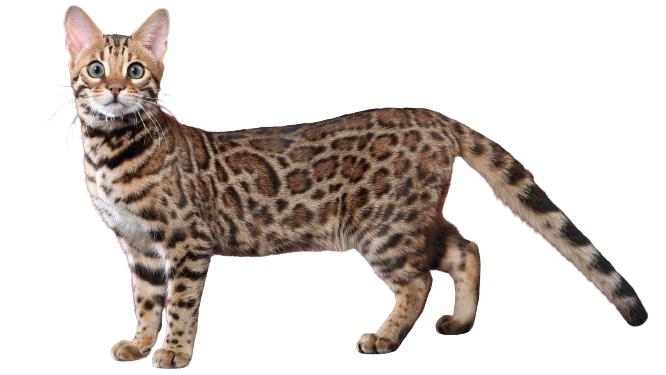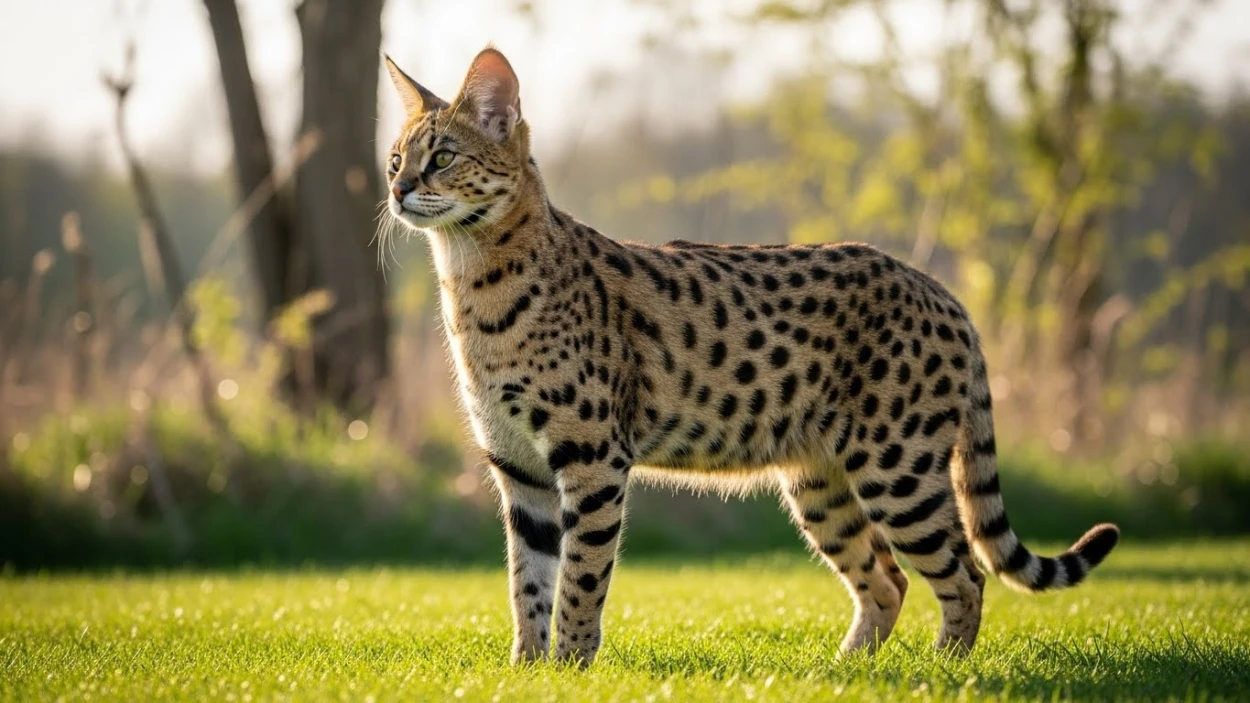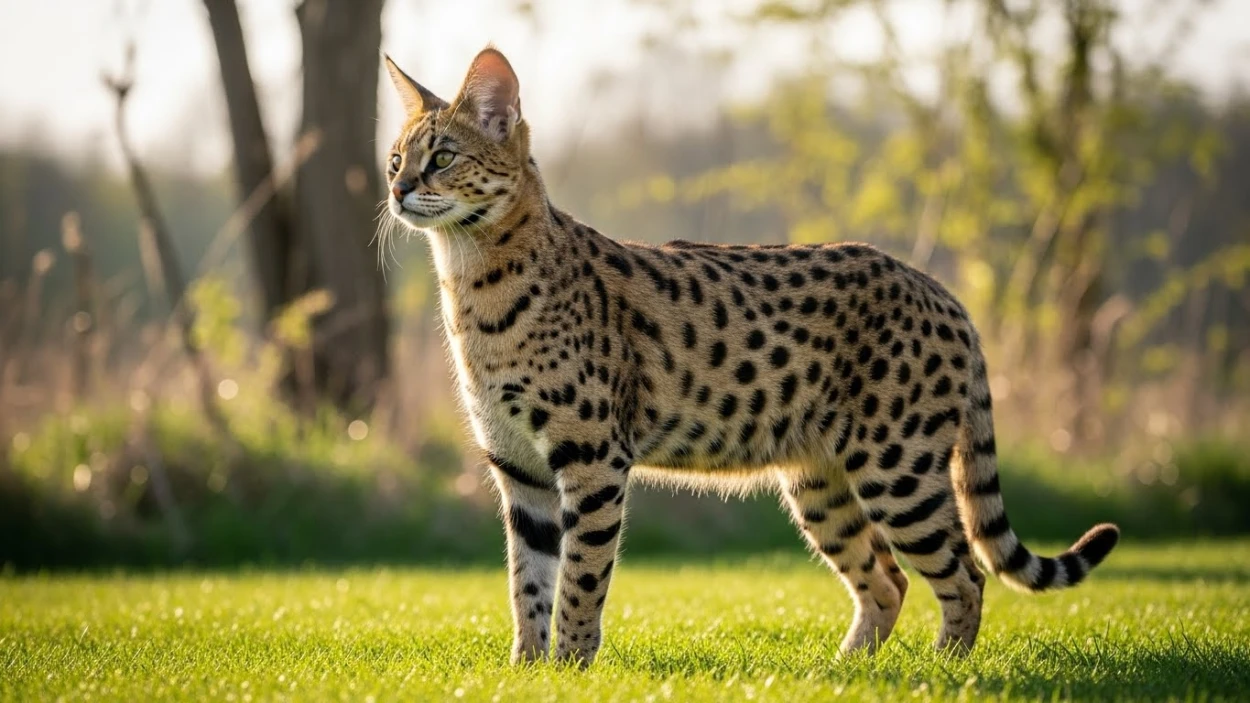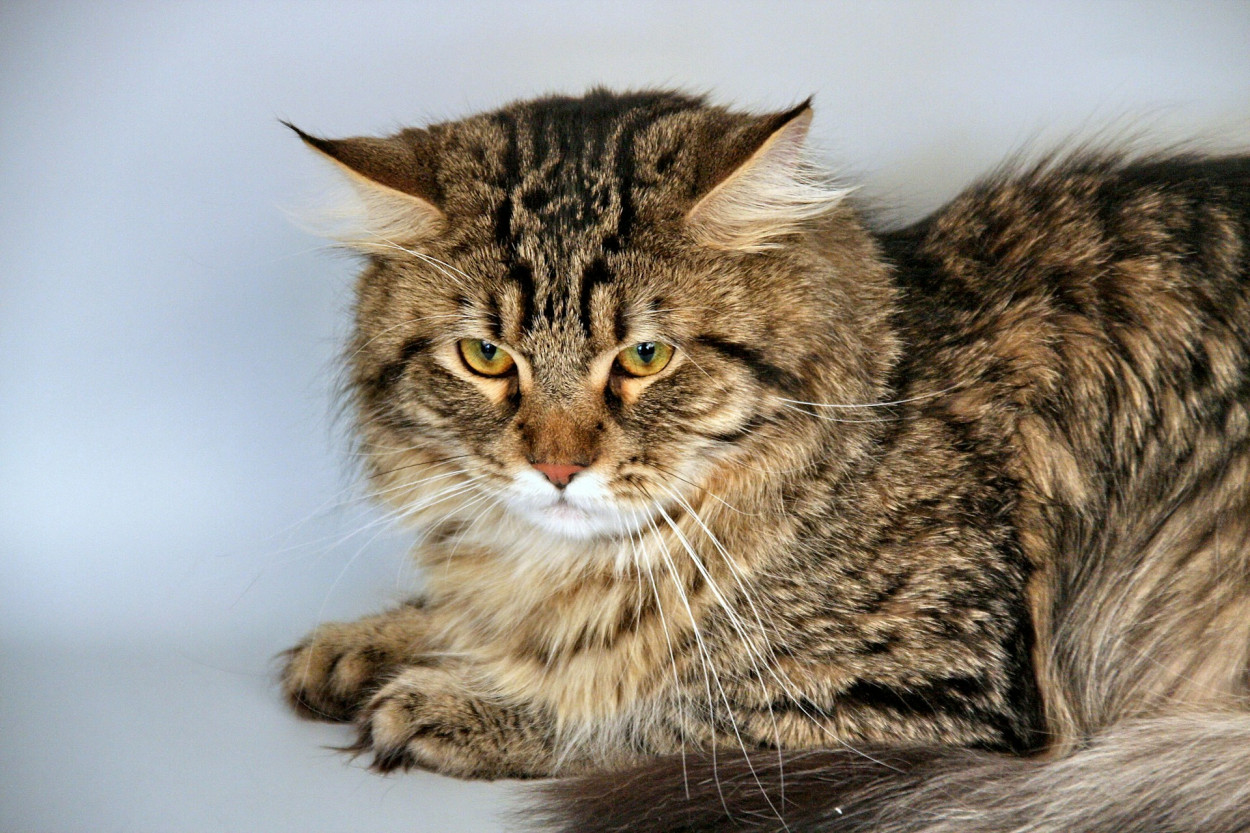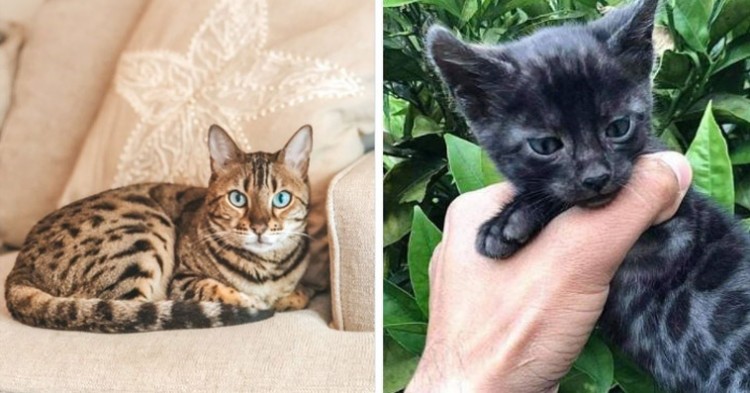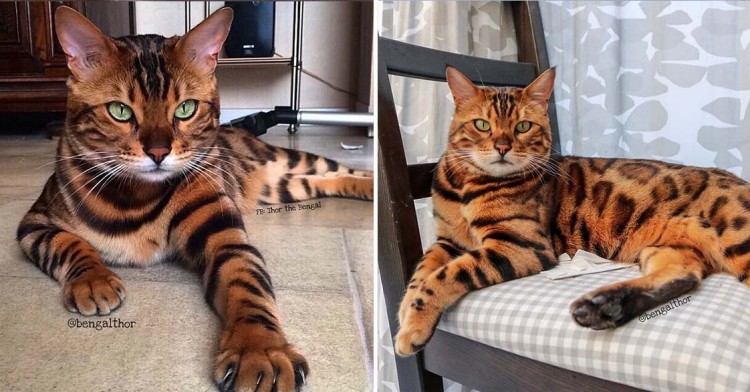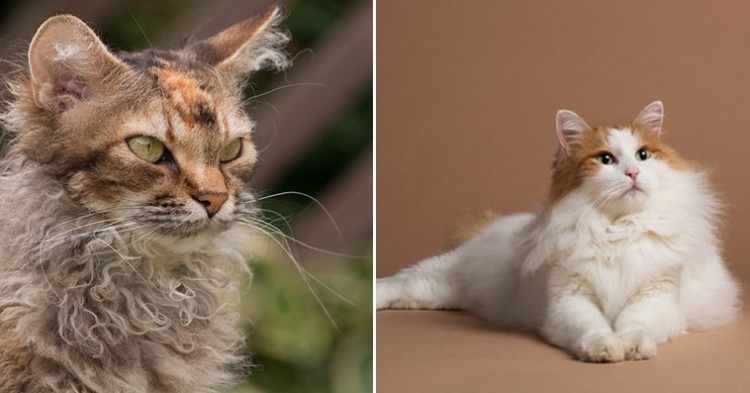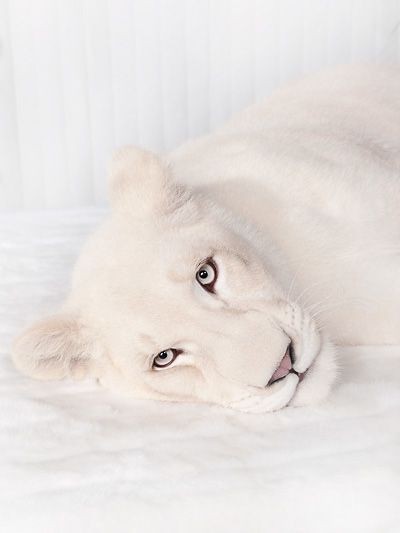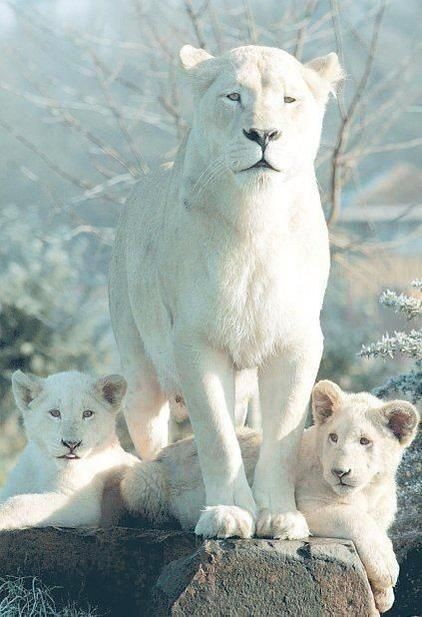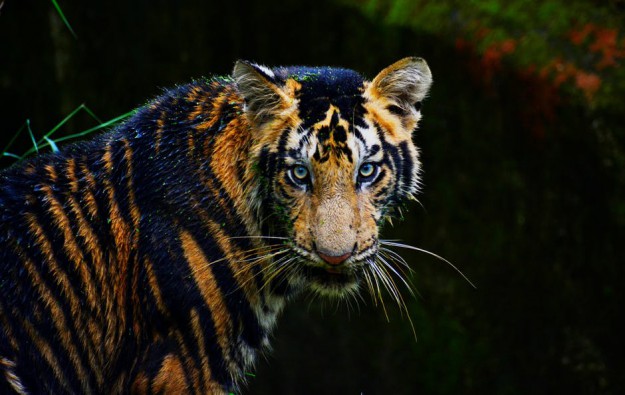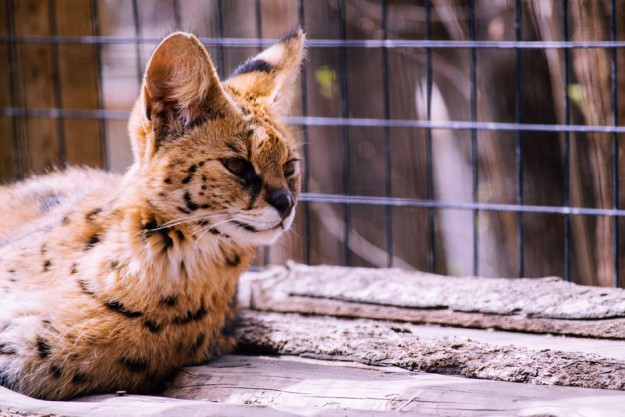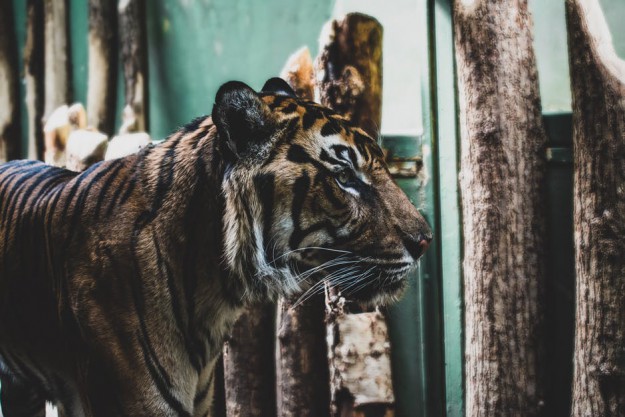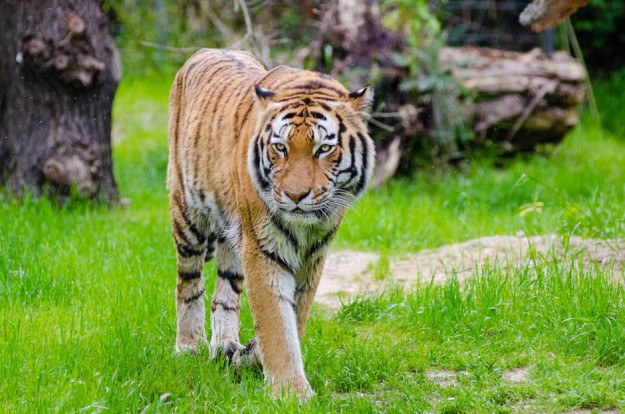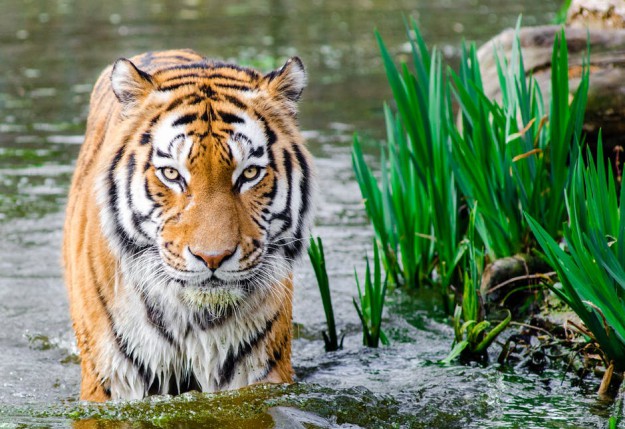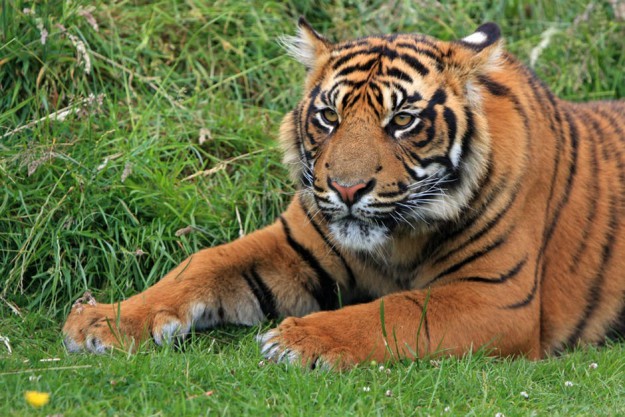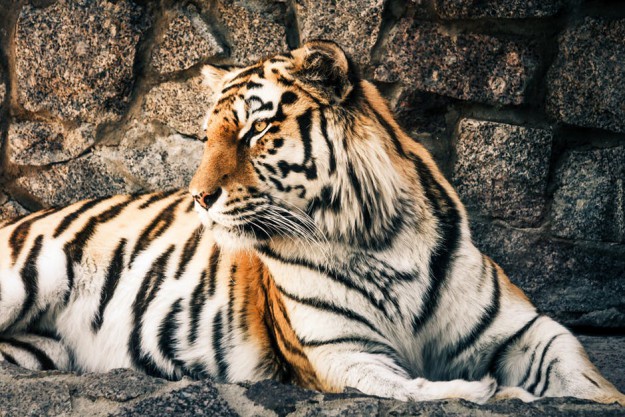Breed Information
| Popularity/Rank | 15 |
|---|---|
| Name | Bengal |
| Other names | None |
| Origin | United States |
| Size | Medium, Large |
| Coat | Medium Hair |
| Lap Cat | No |
| Lifespan | 12 to 16 years |
| Temperament |
Affectionate, Agile, Energetic, Lively, Rambunctious, Active 1. Affectionate: The Bengal cat is an affectionate breed that loves to cuddle and be around their humans. They are known for their playful nature and will often “chase” their tails or play with toys. Bengals are also very vocal and will let you know when they want attention. If you are looking for a lap cat, the Bengal may be the perfect breed for you! 2. Agile: The Bengal cat is an incredibly agile breed. They are known for their athleticism and love to jump and climb. If you have a Bengal, be sure to provide them with plenty of toys and climbing opportunities to keep them happy and healthy. 3. Energetic: The Bengal cat is an energetic breed that loves to play. They are known for their high activity level and will often “zoom” around the house or yard. Bengals need plenty of exercise to stay healthy and happy, so be sure to provide them with plenty of toys and space to run around. 4. Lively: The Bengal cat is a lively breed that loves to have fun. They are known for their playful nature and will often “chase” their tails or play with toys. Bengals are also very vocal and will let you know when they want attention. If you are looking for a fun-loving feline friend, the Bengal may be the perfect breed for you! |
| Weight | Female: 8 - 12 pounds, Male: 10 - 18 pounds |
| Colors | Brown, Cream, Ruddy, Black |
| Kitten Prices |
USD $1800 - $3000
When it comes to Bengal kittens, there is a lot of variation in price. Some breeders will charge as little as $1800, while others will charge as much as $3000. The price of a Bengal kitten depends on a number of factors, including the breeder's reputation and the quality of the kitten. The quality of a Bengal kitten is determined by a number of factors, including its parents. If the parents are from reputable lines and have good pedigrees, then the kitten is likely to be of high quality. This, in turn, will affect the price. A high-quality Bengal kitten from a reputable breeder is likely to cost more than a lower-quality kitten from a less well-known breeder. Another factor that can affect the price of a Bengal kitten is whether or not the parents are show cats. Show cats are those that have been bred for competition in cat shows. They are usually of higher quality than non-show cats and, as such, their kittens tend to be more expensive. So, what does all this mean for you if you're thinking about buying a Bengal kitten? First and foremost, it's important to do your research and make sure you're buying from a reputable breeder. Secondly, be prepared to pay more for a high-quality kitten from a well-known breeder. And finally, remember that even though Bengals are one of the most expensive cat breeds, they can still make wonderful pets! |
Breed Characteristics
| Adaptability | |
|---|---|
| Affection Level | |
| Child Friendly | |
| Dog Friendly | |
| Energy Level | |
| Grooming | |
| Health Issues |
Feline infectious peritonitis, Feline leukemia, Chronic renal failure, Obesity, Asthma, Diabetes Is Bengal cat Hypoallergenic? There is no definitive answer to this question as everyone's allergies are different. Some people may find that they are not allergic to Bengal cats, while others may find that they are. The best way to determine if you are allergic to a Bengal cat is to spend time around one and see if you have any reaction. Feline infectious peritonitis (FIP) is a viral disease that affects cats. The disease is caused by a coronavirus, and it is typically fatal. Symptoms of FIP include fever, weight loss, appetite loss, and abdominal pain. There is no cure for FIP, and treatment is typically supportive. Feline leukemia is a viral disease that affects cats. The disease is caused by a retrovirus, and it can be fatal. Symptoms of feline leukemia include fever, weight loss, appetite loss, and lethargy. There is no cure for feline leukemia, but treatment is available to help manage the symptoms. Chronic renal failure is a progressive disease that affects the kidneys. The disease is typically caused by high blood pressure or diabetes. Symptoms of chronic renal failure include weight loss, appetite loss, lethargy, and vomiting. There is no cure for chronic renal failure, but treatment is available to help manage the symptoms. Obesity is a condition that occurs when a cat has too much body fat. Obesity can lead to health problems such as diabetes, arthritis, and respiratory problems. Symptoms of obesity include weight gain, increased appetite, and lethargy. Treatment for obesity includes weight loss through diet and exercise. Asthma is a condition that affects the lungs. The disease is caused by inflammation of the airways. Symptoms of asthma include coughing, wheezing, and difficulty breathing. There is no cure for asthma, but treatment is available to help manage the symptoms. Diabetes is a condition that occurs when the body does not produce enough insulin. Diabetes can lead to health problems such as heart disease, kidney disease, and blindness. Symptoms of diabetes include weight loss, increased appetite, and increased thirst. Treatment for diabetes includes insulin therapy, diet, and exercise. |
| Intelligence | |
| Shedding | |
| Social Needs | |
| Stranger Friendly | |
| Vocalization | |
| Health Care |
Bengal cats are a relatively new breed of domestic cat, developed by crossing domestic cats with Asian leopard cats. As a result, they inherit some of the leopard cat's physical features, including its spotted coat. Bengals are also known for their high intelligence and active personalities.
Because of their wild ancestry, Bengals require special care when it comes to their health. They are more prone to certain health conditions, such as gingivitis, respiratory infections, and heart disease. They also require a higher protein diet than most domestic cats. Bengals should be seen by a veterinarian at least once a year for a check-up and vaccinations. They should also have their teeth brushed regularly to prevent gingivitis. Bengals should be kept indoors to protect them from diseases and predators, and to keep them from running away. |
History
The Bengal cat is a relatively new breed of cat that was developed in the 1970s. The Bengal was created by crossing an Asian Leopard Cat with a domestic cat. The resulting offspring were then crossed with other domestic cats to create a new breed that resembled the Asian Leopard Cat, but was smaller and had a more docile temperament.
The Bengal cat is named after the Asian Leopard Cat's scientific name, Prionailurus bengalensis. The Bengal breed almost went extinct in the 1980s due to inbreeding and poor breeding practices. However, a few dedicated breeders continued to work with the Bengal and eventually succeeded in creating a healthy, vigorous breed that is now recognized by major cat registries such as the International Cat Association (TICA) and the American Cat Fanciers Association (ACFA).
The Bengal is an intelligent, active breed that loves to play and can be trained to perform tricks. They are also very affectionate with their humans and make excellent companions. Bengals are available in a wide variety of colors and patterns, including leopard-like spotted or marbled coats.
If you're looking for an exotic-looking cat with a loving personality, the Bengal may be the perfect choice for you!
Description
The Bengal cat is a domestic cat breed that was developed to look like certain wild Asian leopard cats. The Bengal cat has a coat that is usually either brown or orange with black spots, although there are also some Bengal cats with snow-colored coats. Bengals are usually medium to large in size and weight, and they have a lifespan of about 12 to 16 years.
Bengal cats are known for being very active, playful, and curious. They are also very intelligent and can be trained to do tricks. Bengals generally get along well with other cats, dogs, and children, although they may be more prone to aggression than other domestic cat breeds.
Health-wise, Bengals are generally a healthy breed of cat. However, they may be more prone to certain health conditions such as hip dysplasia and heart disease.
When it comes to adaptability, Bengals do well in both indoor and outdoor environments. They are also good travelers and can adjust to new environments relatively easily. Overall, Bengals make great pets for those who are looking for an active and playful companion.



